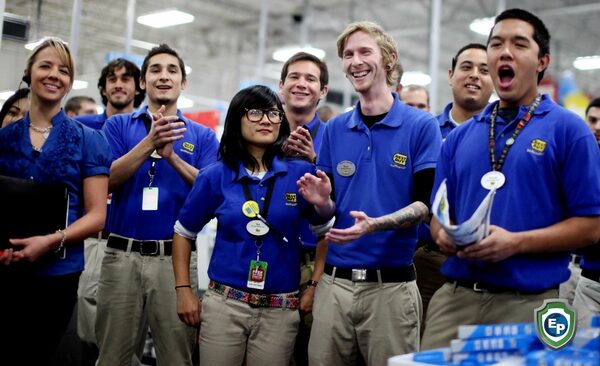Automation Will Come after Your Job: This Is What Employees Can Do
The argument around whether innovation destroys jobs is not new. Economist Joseph Schumpeter calls this “creative destruction.” When something new is introduced, something old is often replaced.
Think about horse carts, which were frequently used for transportation until the invention of the automobile. After cars replaced horse carts, many drivers lost their jobs. However, new jobs were also created, as cars needed to be manufactured, and someone also had to drive those cars.
The point is that, as unpleasant as it will be for those who lose their jobs, this cannot be used to argue against innovation. Otherwise, we would still be driving horse carts. The key question is not how people can keep their jobs, but rather what other positions they can fill.

A New Labor Market
As a matter of fact, it is already happening. Automation is destroying millions of jobs. Consulting firm Mckinsey predicts that 45% of the activities that people are paid to perform today could be automated. A BBC analysis puts the number at 50% and says machines could take over all current human jobs over the next 120 years.
However, it is also creating them: as a new labor market emerges, we must determine which talents will be required in the future and which will become outdated.
One aspect of this new labor market is obvious: we will need much more engineers, programmers, and IT specialists. Learning an IT skill set is thus a good approach for young people. But not everyone can – or wants – to be a computer specialist. And that’s not essential. We’ll require far more than that.
Human Abilities Wanted
While manual labor jobs will become scarce, unique human abilities that can’t be automated will be in high demand, such as creativity, collaboration, and communication. Jobs such as nurses, teachers, and childcare providers, for example, will remain in high demand, especially as populations get older. Cars will be able to drive themselves, and machines will respond to customer service requests – but do you want a robot to care for sick people in nursing homes? Probably not.
A Threat and an Opportunity
While there will be opportunities, it will not be an easy transition. The digital wave will disproportionately affect low-skilled employees and the elderly. In the US, the average truck driver is 47 years old. It is difficult to retrain at that age while still dealing with the financial responsibilities of a family.
We must now prepare ourselves and our workplaces for the age of intelligent automation, or face massive inequities in the future. Politicians and corporations must work together to make the transformation more inclusive. It is feasible, but it will be difficult.

Let Export Portal Help You
At Export Portal, we have created a blog page to keep you updated on all the latest news. For more articles like this one, make sure to check out our site!


